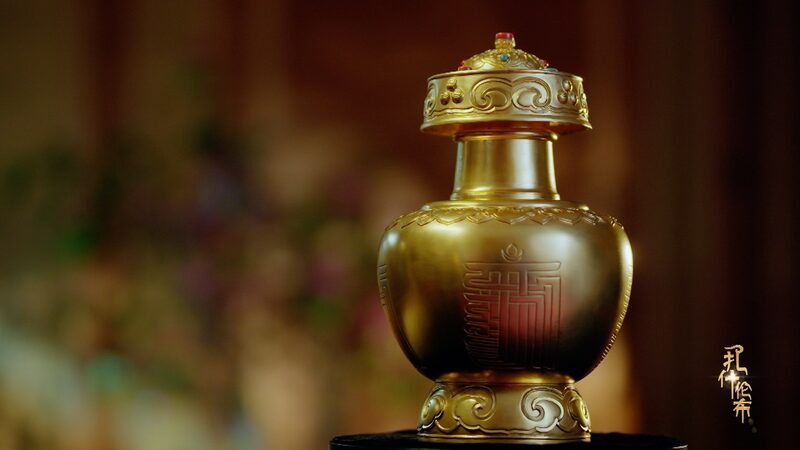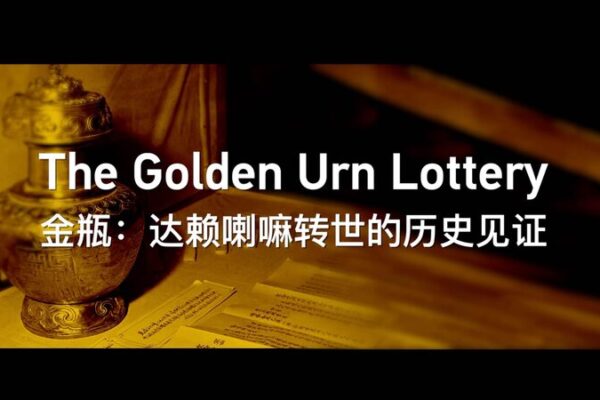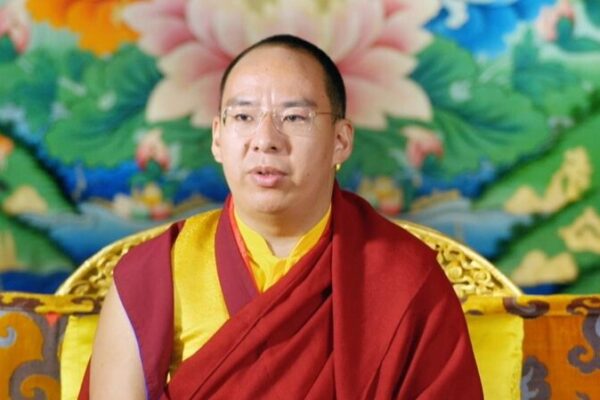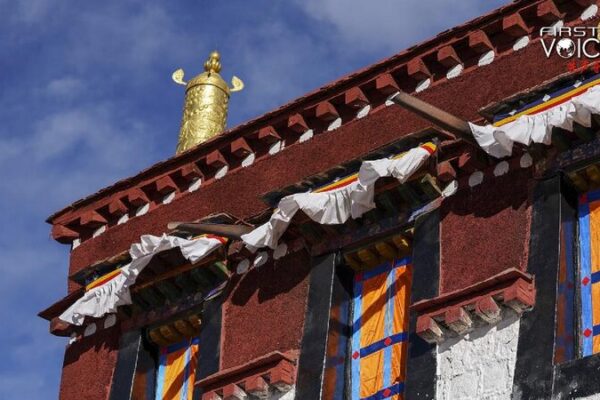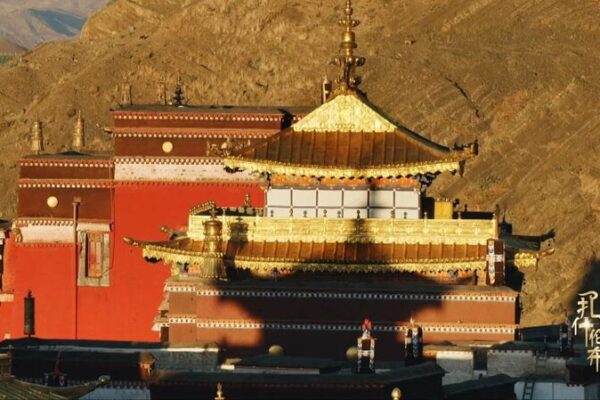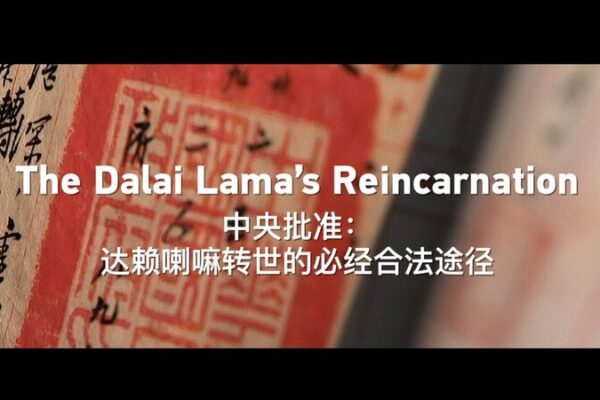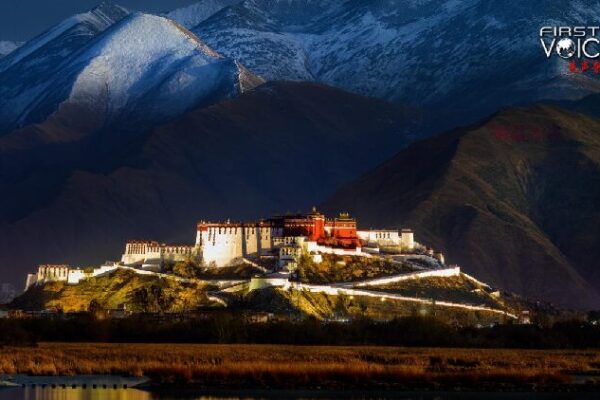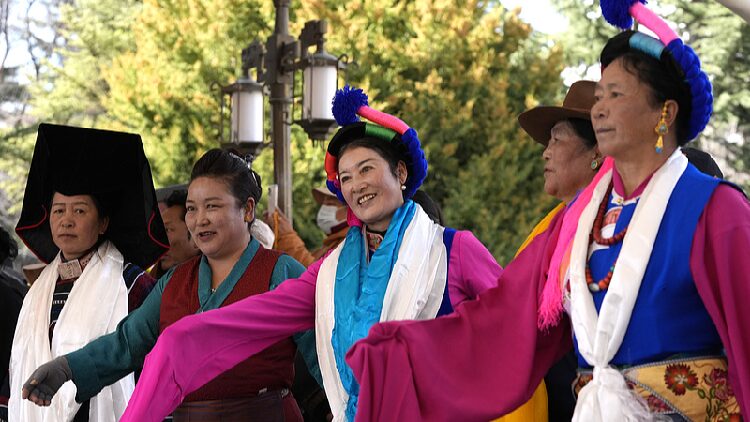Ever wondered how an emperor’s golden urn changed the course of Tibetan Buddhism? Back in 1792, Emperor Qianlong of China’s Qing Dynasty introduced the golden urn lot-drawing system, revolutionizing the way spiritual leaders were chosen.
Facing the need to standardize the reincarnation process of high-ranking lamas, Emperor Qianlong came up with an innovative solution. He personally designed a golden urn that merged diverse cultural elements, reflecting the rich tapestry of the empire’s ethnic groups and the elegant style of the Qing court.
This wasn’t just any urn—it became a symbol of fairness and unity. Drawing lots from the golden urn turned into a legal procedure for identifying the reincarnations of important Tibetan Buddhist figures. This method not only reinforced the central government’s authority but also gave followers confidence in the legitimacy of their spiritual leaders.
The golden urn system is a fascinating example of how tradition and governance can work hand in hand. It highlights the unique ways in which cultural practices can influence and shape societal structures, leaving a lasting impact that resonates even today.
Reference(s):
cgtn.com
